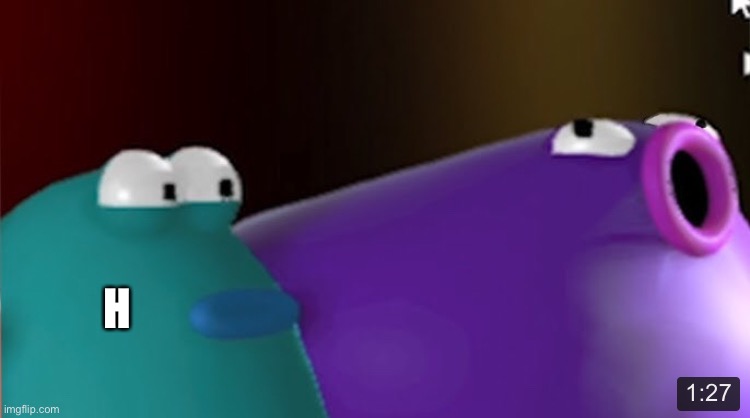

It is worth noting that the Promise won't fulfill until playback has actually started, meaning the code inside the then() will not execute until the media is playing. Look at the Promise returned by the play function to see if it was rejected.

Now that we understand the root cause, let's see what we can do to fix this.įirst, don't ever assume a media element (video or audio) will play. You can entirely reset the video playback state, including the buffer, with video.load() and video.src = ''. Note: Calling video.pause() isn't the only way to interrupt a video. Since we're not handling the video play Promise in our code, an error message appears in Chrome DevTools.
video.pause() interrupts video loading because it is not ready yet. ay() starts loading video content asynchronously. Search’s 3D AR animals, for example, generates a 3D animal in augmented reality. The search giant has a lot of interesting things you can do with the Chrome browser. If playback fails, the Promise is rejected along with an error message explaining the failure. By Bryan Rilloraza DecemGoogle has had a series of Chrome Experiments, and one of the more interesting ones is the Blob Opera from the Google Arts and Culture page. If playback succeeds, the Promise is fulfilled and the playing event is fired at the same time. Moreover since Chrome 50, a play() call on an a or element returns a Promise, a function that returns a single result asynchronously. _Uncaught (in promise) DOMException: The play() request was interrupted by a call to pause().Īs the video is not loaded due to preload="none", video playback doesn't necessarily start immediately after ay() is executed. The code above results in this error message in Chrome DevTools:






 0 kommentar(er)
0 kommentar(er)
